A Baofeng VHF/UHF radio is used a signal generator, which transmits via a Transmit/Recieve switch through an antenna. A RF detector is also connected to the T/R switch, which is connected to the MSO-19.
The radio controller is a 4N25 opto-isolator.
The T/R switch controller is a SN74HC04N (or similar) hex inverter.
Any Pi-compatible GPS and WiFi dongle will do.
The Raspberry Pi triggers the radio, T/R switch and MSO-19 via a buffered GPIO port once per second using a very simple python script.
In the United States, this project falls under FCC Part 97 Sec. 1 (b):
"Continuation and extension of the amateur's proven ability to contribute to the advancement of the radio art."
 Glenn Powers
Glenn Powers

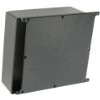
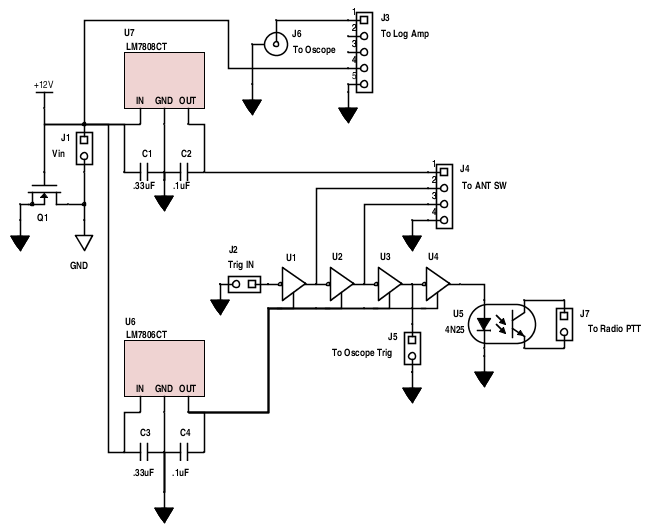




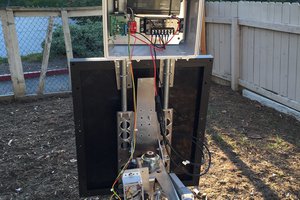
 Jay Doscher
Jay Doscher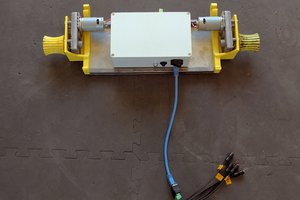
 Mike Turvey
Mike Turvey
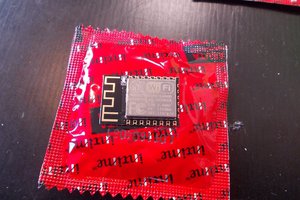
 Arya
Arya
Nice scam with "Project Home Page" which is fake Microsoft web site